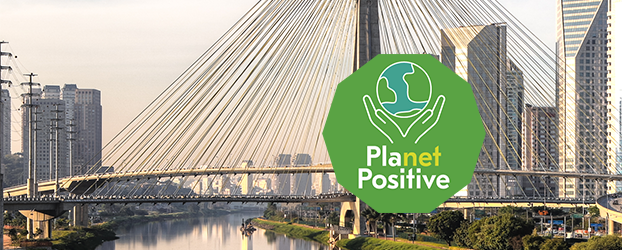Minimizing risks
First, it is a prerequisite to understand the sustainability-related risks that come along with working with suppliers in various countries. If realized, these risks could cause harm to parties involved, including customers and business partners. We are seeking to ensure that all human rights, safety and environmental standards, and legal requirements are followed through various forms of sustainability supplier assessments and ways to help them develop in these areas.
Increasing productivity
Secondly, identifying opportunities to improve suppliers’ sustainability performance is also aimed at increasing the productivity in the supply chain. For instance, better waste management, reduced energy consumption and improved worker health and safety can lead to improvements in productivity and reduced costs.
Gaining competitive advantage
As a third business driver, having a responsible procurement program in place can be considered as a competitive advantage. Customers’ requirements for sustainability in the supply chain are likely to rise, and they look for responsible companies to work with. While it is important to provide top expertise, services and products, it is also important to do it sustainably.
It is not uncommon for our customers to be interested in visiting and having audits in our and our suppliers’ premises. Recently, based on a customer’s initiative, we had an audit in China that was all about sustainability. This clearly shows that alongside quality, cost and delivery time, sustainability is one important criterion in assessing and selecting suppliers.
By increasingly looking at sustainability from the value chain perspective, and by auditing and ensuring that corrective actions are taken, we demonstrate to our suppliers that it is important for us and our customers. There are clear benefits in integrating sustainability into procurement, as it enables us to manage sustainability-related risks, increase efficiency throughout the supply chain, and meet customers’ requirements.


